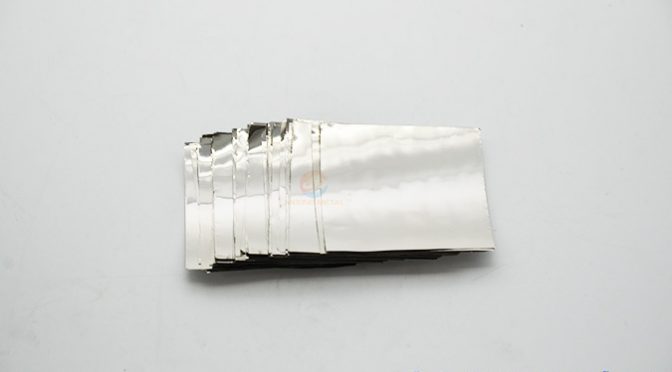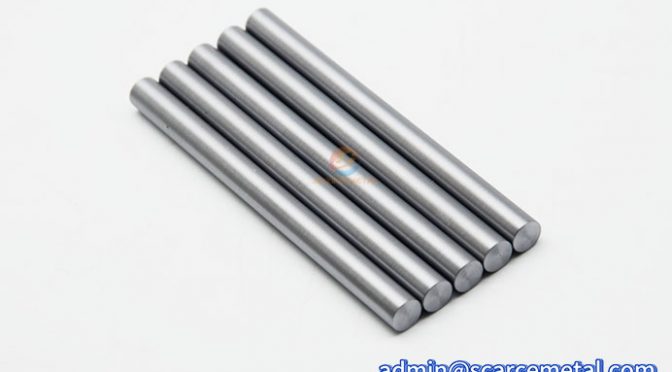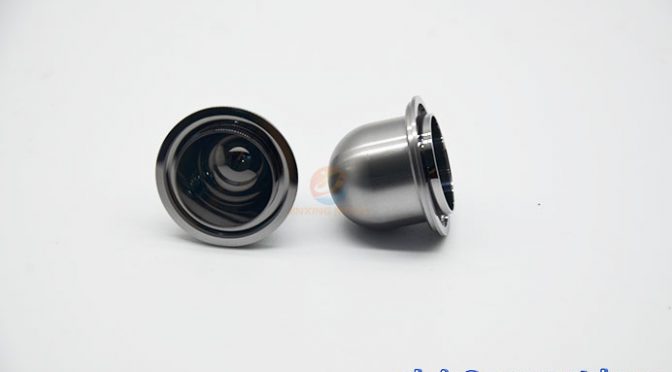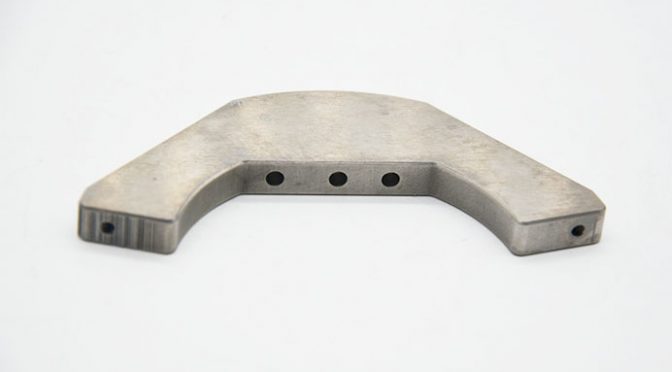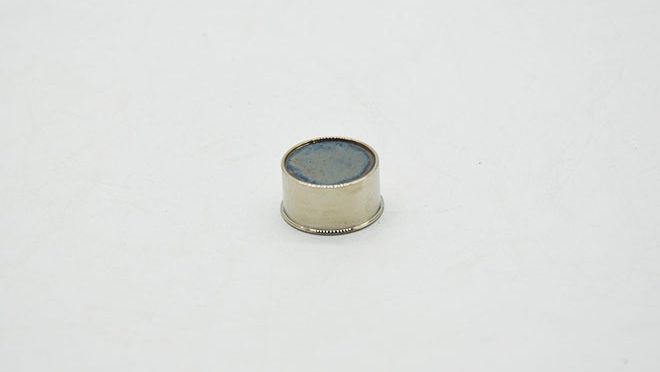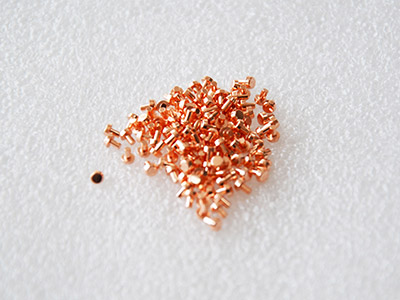Grinding Tungsten Sheet Plate
Overview
Grinding technology has become the preferred solution for tungsten plate surface treatment due to its high precision, low roughness and high efficiency in processing hard materials. It not only meets the requirements of tungsten materials in terms of physical properties (such as high temperature resistance and strength), but also improves its functionality and applicability through surface optimization, especially in the field of high-end manufacturing.
Grinding Tungsten Sheet Plate Features
1. Strong high-temperature stability
Ultra-high melting point, good thermal shock resistance, low thermal expansion coefficient makes it not easy to crack when the temperature changes suddenly, and it can still maintain a tensile strength of about 100MPa at a high temperature above 1000℃, and can bear loads for a long time without plastic deformation, and has excellent creep resistance.
2. Strong chemical stability
Tungsten is extremely inert to strong acids such as hydrochloric acid, sulfuric acid, and nitric acid at room temperature. Through surface aluminization, CVD deposition of tungsten carbide, and other processes, a composite anti-oxidation layer can be formed on the surface, which can extend the service life and reduce maintenance costs.
3. Good physical properties
High density, strong shielding performance for ionizing rays, and excellent metal conductivity and heat dissipation.
4. High-precision size and surface flatness
The grinding process can achieve high-precision processing of the plate surface, and the flatness error can be controlled at the micron level, meeting the stringent requirements of high-end applications for dimensional accuracy.
Grinding Tungsten Sheet Plate Specifications
|
Grade |
W1,W2 |
|
Purity |
≥ 99.95% |
|
Thickness |
1mm-20mm |
|
Width |
50-1000mm |
|
Length |
500-2000mm |
|
Density |
19.2g/cm3 |
|
Melting Point |
3410 °C |
|
Surface |
Grinding |
|
Delivery Time |
15-20 days |
|
Standard |
GB/T3875.ASTM B760 |
|
Certification |
ISO 9001 |
Grinding Tungsten Sheet Plate Application
Aerospace: can be used as a combustion chamber lining, turbine guide vanes, and other key engine components, to ensure extremely high temperature vibration dimensional stability and long service life.
Semiconductor Manufacturing: can be used as OLED panel evaporation mask board, heat sink substrate, or cooling base, and other electronic devices, which traditional materials cannot provide better electrical and thermal properties.
Optical Field: used for astronomical telescope precision components, high-power laser reflector substrate, and other high-density devices, to ensure the accuracy and service life of optical instruments.
Mold and machinery: used for producing PDC pressing molds, sapphire single crystal growth crucible, adapted to all kinds of high temperature processing, refining high purity crystal.
Medical Protection: Used as collimator or shielding components to ensure that the radiation dose in the department is below standard, to protect the safety of medical staff.
Grinding Tungsten Sheet Plate Process
- Prepare high-purity tungsten powder for mold pressing.
- Pre-sintering and high-temperature sintering form metallurgical bonds between tungsten powder particles to increase billet density and strength.
- Further densification and desired size and performance through plastic processing (such as rolling, forging, extrusion).
- Annealing or aging treatment to reduce internal residual stress and prevent cracking during processing or use.
- Surface treatment, such as precision grinding, polishing, or metal coating.
- Strict quality control, such as appearance inspection, mechanical property testing, dimensional accuracy testing, etc.
Grinding Tungsten Sheet Plate Pictures



